Holland valleys and farms
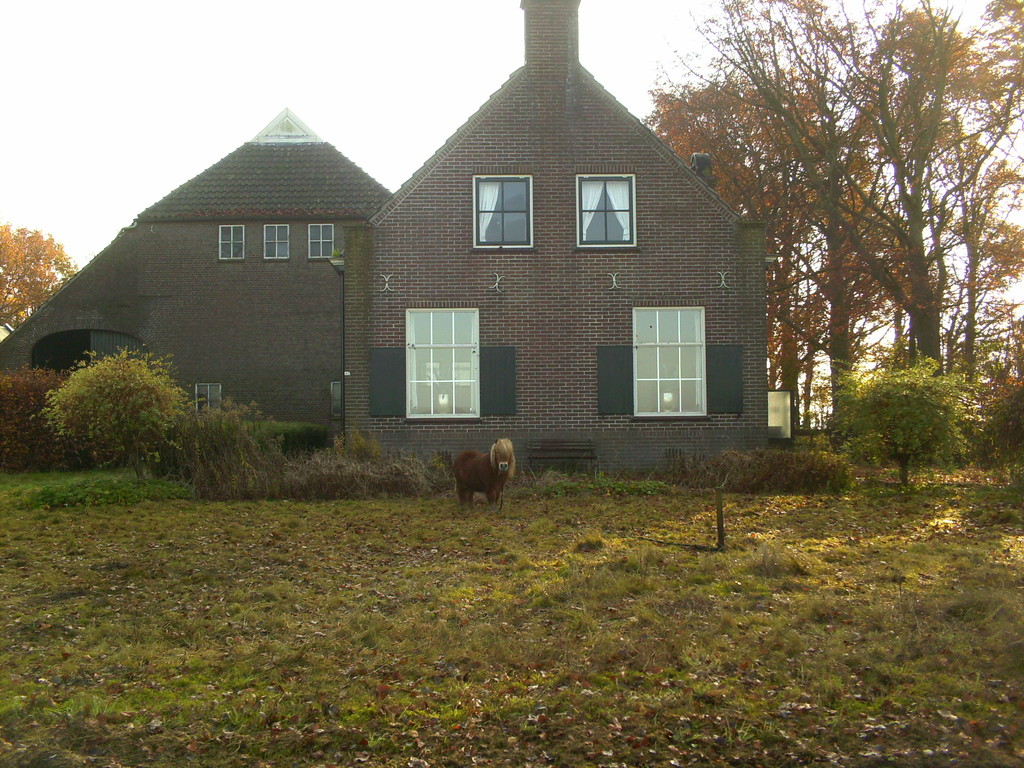
So, there are many things I can tell you about the Netherlands, even though I haven't even had a chance to visit neither half nor quarter or even one eighth of it. Well, I saw many things in those days that I spent there. One of the craziest and greatest thing in the Netherlands are those farms and those huge valleys everyone has seen pictures of. Maybe you remember them with those milky cows on the pictures.
One thing I want to tell you is that you should really experience some Holland farms. I mean, you should visit any of those farms and see the beauty there. It really is like you are in some movie or a cartoon. The farms are fascinating. They are very well taken care of. Everything is clean and tidied up and just very accurately decided.

First of all, you get amazed by vast valleys. As you know, the Netherlands is a country, where the land is mostly without hills. So it is straight all the way and that's one of the perks of the Netherlands. So, you see, you can walk miles without noticing or getting tired. That is really great if you like walking and you walk all the way from your house to somewhere a little further from it. Well, I really like walking and I just like to walk to my destinations, but mostly it's impossible to walk all the way without getting on a public transport or something, because if you want to get there on time, you can not just walk all the way through. So, if you want some place to walk, the Netherlands is the best place. The valleys are laid in front of you and this view just reminds you of a desert without an ending where with every dune comes another one and it just never ends. Especially if you are out of water! Well, I haven't really experienced being out of water in a desert, but it was close enough when we were in Khevsureti walking all the way through the White Lake and we were out of water and there was just no chance of getting some clean water, the one that we could drink and not get some disease.
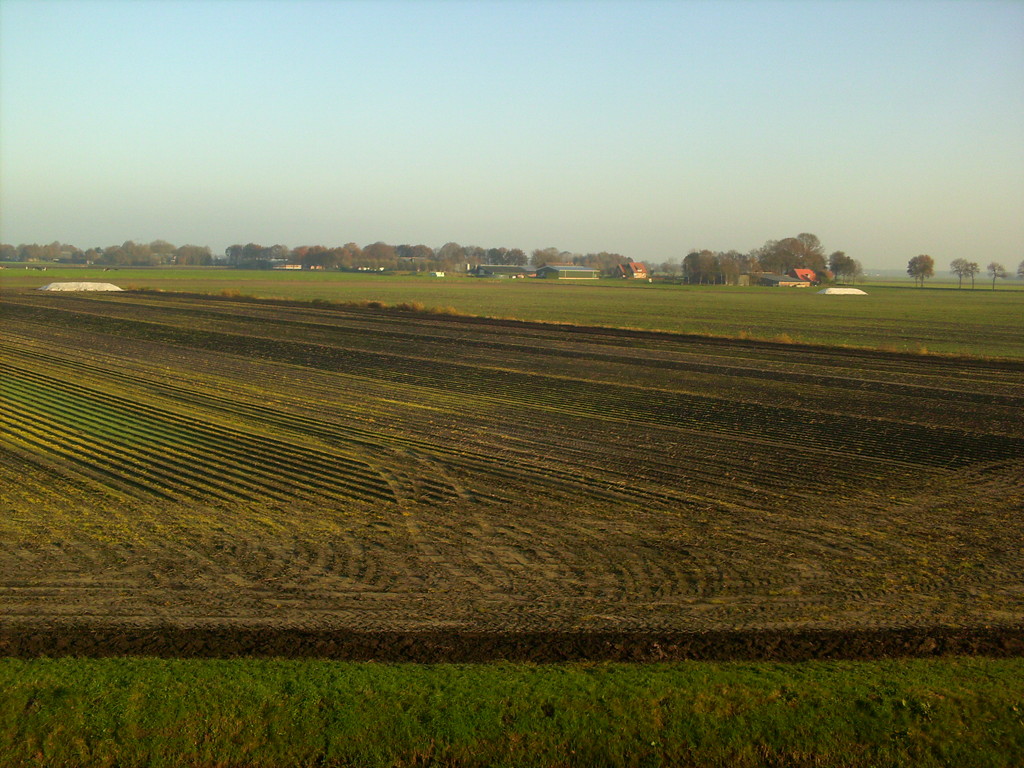
So, it was late autumn when I was visiting the Netherlands and, I guess, that is a really great time to travel there. First of all, because of its colours, and then for all the other reasons, for example, the weather, festivals, events, Christmas preparations, etc.
Holland's countryside is really something different and worth seeing. Now I get why there were so many amazing artists from the Netherlands. It's like the nature is calling. You just want to sit there in nature and paint. Well, maybe I got that feeling, but, I guess, many of you would have gotten the same feeling have you been there. Impressionists would just love autumn in the Netherlands... Or maybe Dali could paint those cows in the yards with his surrealism vision, or Picasso with some cubes and figures.
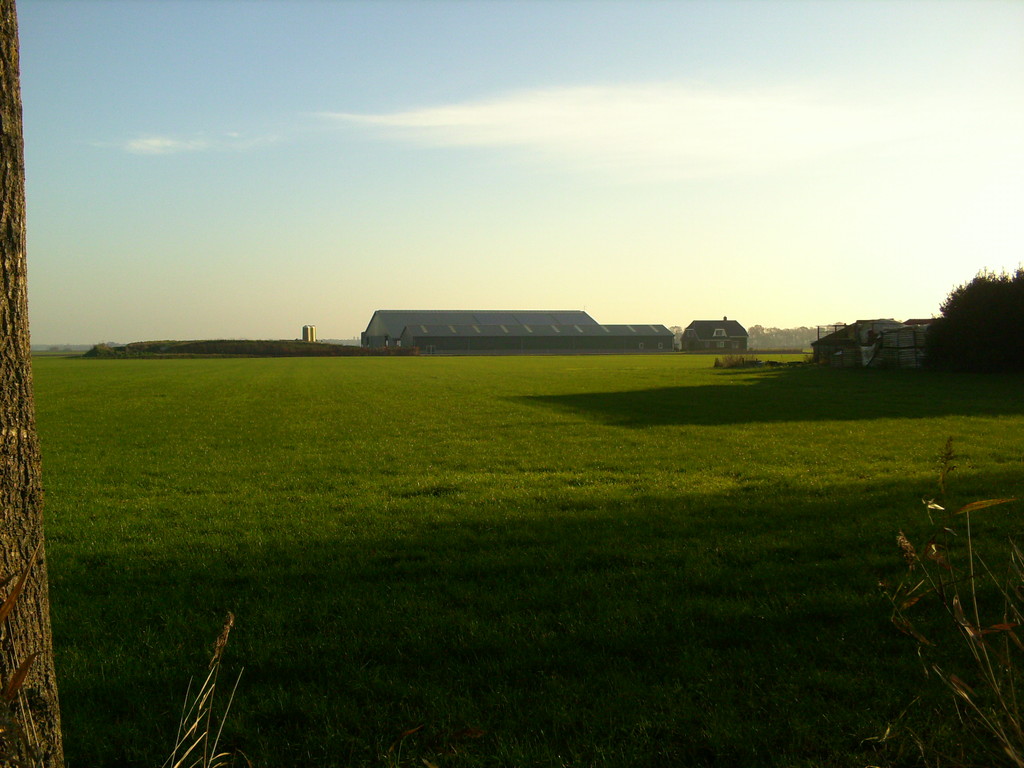
Farms
Okay, so, I haven't seen the whole Holland farms, as I have mentioned it above, I just saw Overijssel farms and, so, I will tell you about them. There are many villages around Ommen, the town I have lived in for some days during my stay in the Netherlands. One day, me and some other girls went out there walking from village to village, and I really don't know how many miles or kilometres we walked, but it was a long, long walk. Perhaps it would have been a good idea to get some steps measuring thing or something for that. Once I even had an application installed in my phone to measure how many kilometres I walked every day. It worked pretty well and I don't have any complaints about the app. At some point, it did use my phone's battery. Well, every application uses much power when it's on all day long, or at least 10 hours a day (I had it turned on in the mornings when I went to the university or something and it was on all day until I got home in the evenings, and then I would turned it of, because I didn't need it at home, right? ), but it was okay, I really wanted to see how many steps I had taken and how many miles or kilometres I had walked. You should really get this application if you want to get in shape, or if you are on a diet and try to walk more than sit and be kind of active in some ways. Well, if you have guessed by now, at that time when I had that application installed in my phone, I wanted to lose some weight and so I did everything in my power to do that.
Anyways, as you all know, the Dutch have cows in their farms and that’s what we mostly saw there. I think, we saw two types of cows, well, I don’t remember seeing other different-looking cows, than those two. So, from my point of view, those two kinds of cows are very good for both milk and meat and that’s why they have bred them, well, at least, that is one of the main reasons. So, the Friesians and Dutch Belted cows were those two kinds of cows we saw during our trip to the villages. Now, these Friesians are called Holstein Friesians, but are often shortened as Friesians by Europeans and as Holsteins by North Americans. That’s hilarious, if you ask me.
Holstein Friesian cows
Holstein Friesians originate from the two northern provinces of North Holland and Friesland and what is now Schleswig-Holstein in Northern Germany. So, you see, I’ve seen them on those territories, where they are originated and where their “homeland” is. These cows are the highest-production dairy animals! These are those black and white dotted cows that I have been talking about. We’ve all seen them on pictures, on TV, on milk chocolate bars or advertisements, and we all kind of know them. They look so large and big and serious. And they are white all the way except those spots, where they have black dots or marks or whatever. They remind me of that Milka chocolate bar somehow. I think, the main reason for that is that the company has a white and purple-coloured cow for their brand and that somehow reminds me of this Holstein cow, I don’t know. And I know, that Milka is not Dutch, it originates from Switzerland. It’s really delicious, though, if you are interested. Especially the Alpine Milk chocolate bar, or the Milka and Oreo, or the Marzipan Cream, this milk-chocolate bar with a marzipan filling inside. I love marzipan, so, that pretty much explains it. Well, this Holstein cow has a black and white patched coat, but sometimes it can be red and white, too. That’s pretty awesome, too.
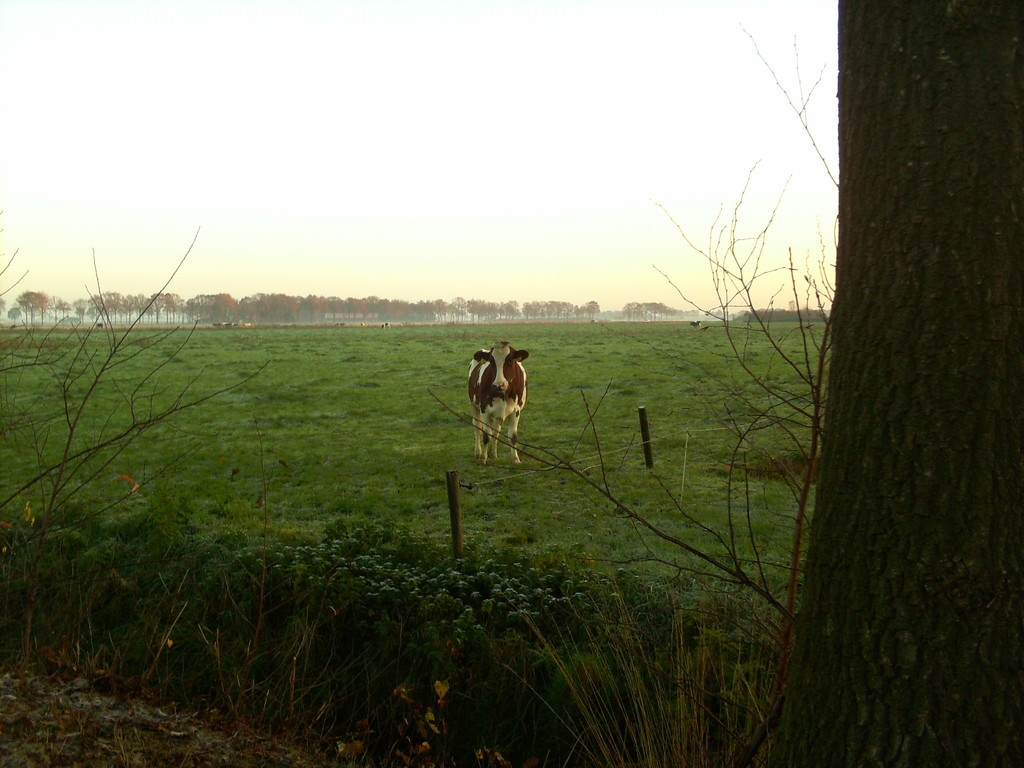
So, about the name. Dutch Friesian was a dual-purpose animal, I mean, they were bred for milk and beef both. But the Holstein one was used only for dairy production by North Americans. Then, breeders imported those Holsteins from the United States and crossed them with the European black and whites. So, this “Holstein” is mainly used to describe North American stock and “Friesian” means cattle of a traditional European ancestry, bred for dairy and beef use, and those crosses between the two are “Holstein-Friesian”. So, this mature cow usually weighs 580 kg or 1280 pounds and stands about a metre and a half. But historically records describe those cattle weighing 2600-3000 pounds each!
You may wonder, how’s the connection between United States and the Netherlands, as they are not very close, moreover, they are thousands of kilometres away from each other, and to be more exact, it’s about more than 7 thousand kilometres far, _ that will be somewhere almost 5 thousand miles. So what happened? Well, it started all with the colonization and discovering those new lands and the “New World”, as they call it. You all know, Europeans rushed to that newly discovered America lands and wanted to take more and more lands and this led to many wars and fighting against each other and stuff. That was a really bad time, if you ask me. Those Europeans could not develop their own countries on “their” continent and now they wanted to conquer and rule the other! So, it’s known, that those Holsteins were brought to America in the 17th century, when there was New Amsterdam built on the territory that is now New York and its eastern part was a Dutch colony of New Netherlands and there settled many Dutch farmers with their cows, of course. This is a settler’s description of Holstein cows: "the cows were of the size of oxen, their colours clear black and white in large patches; very handsome".
Dutch Belted cow
So, the other one is the Dutch Belted cow or Lakenvelder. And, according to records, they are the only belted breed of cattle tracing back directly to the original belted cattle described in Switzerland and Austria. And it’s said, that by the 17th century, they had been moved to the Netherlands by Dutch nobles, as the “belted” colour pattern was highly desirable in the Netherlands. They were highly prized for their milking and fattening abilities. Nowadays, the Dutch Belted cows are very rare and are listed as “critical”, as its global population is less than 2, 000. And they live for about 20 years. The male one weighs about 900 kilograms, that’s 2, 000 pounds! These cows are really beautiful, and they say they are like Oreos, their both ends are black or brown or something and they have a pure white “belt” in the middle.
So, the farmers in the Netherlands generally breed cows and many of them have companies and produce dairy and milk products, including sundae, and cheese, of course. Usually, you will find a barn and a house there in each farm. Maybe you’ve heard the term “farmhouse”. So, there can be a house and a barn next to each other and they maybe be in the middle of a farm. It’s like a tiny thing in the middle of a huge field. And this field is covered with green grass and that grass doesn’t resemble the one we have here in Georgia even a little bit. It’s very green and it’s pretty much taken care of, I mean, it’s mow and stuff like that.
The farmers, who have cows and produce dairy products, do everything in their power to improve the production. So, they say, that they give as much freedom to the cows as they can and they even have some equipment to improve cows’ freedom there at those farms, because when the cows are under stress, that means less milk and less milk means less “harvest”, which means less money and less profit. And that all means, that the farmer has just worked in vain for the whole time. And, well, anything that is comfortable for the cow is good for a farmer and is good for a business.
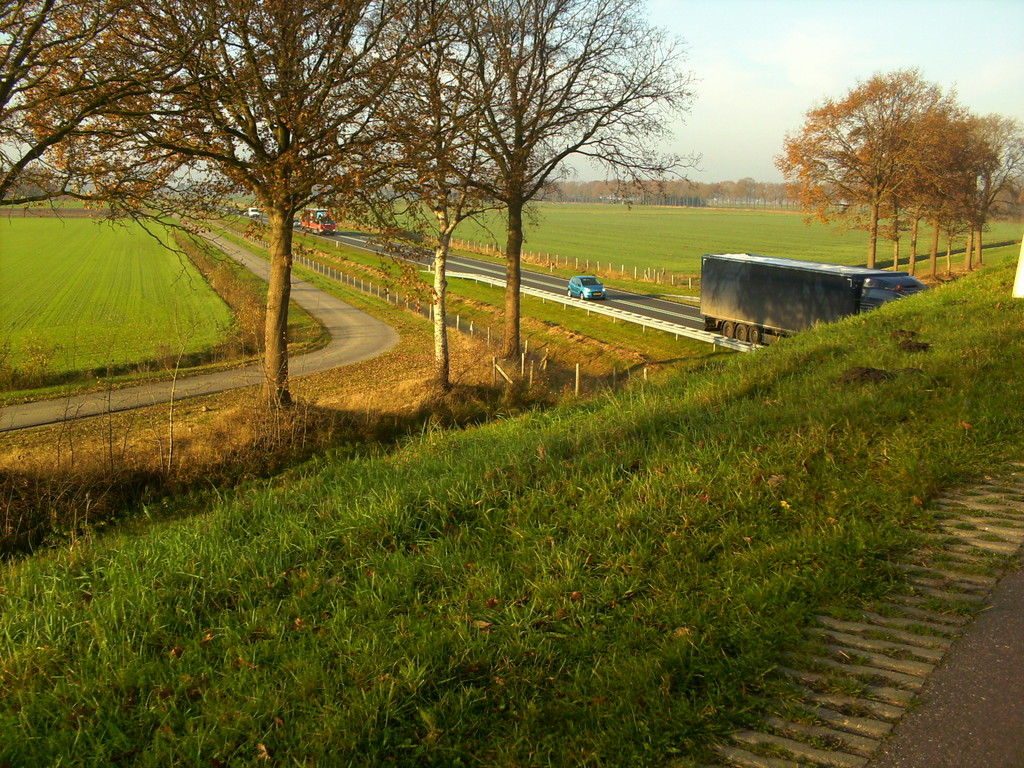
Valleys
Now, for the valleys, I can say, that they are huge and very beautiful. You can look at them all day and never get bored by doing so. When it’s sunny and you look at them all the way to the end, the horizon, they seam like they are sparkling, just like they have dew on them, or maybe they really have dew, I don’t know. That idea just sprung into mind at this moment. And it’s like every small piece of grass has its own pearl on top of them and you can just go and take all of these pearls. Although, I’ve seen Holland valleys from a very above from an air plane, and just some north-east parts of the Netherlands on foot, I can say, I still have seen almost enough to tell you about them.
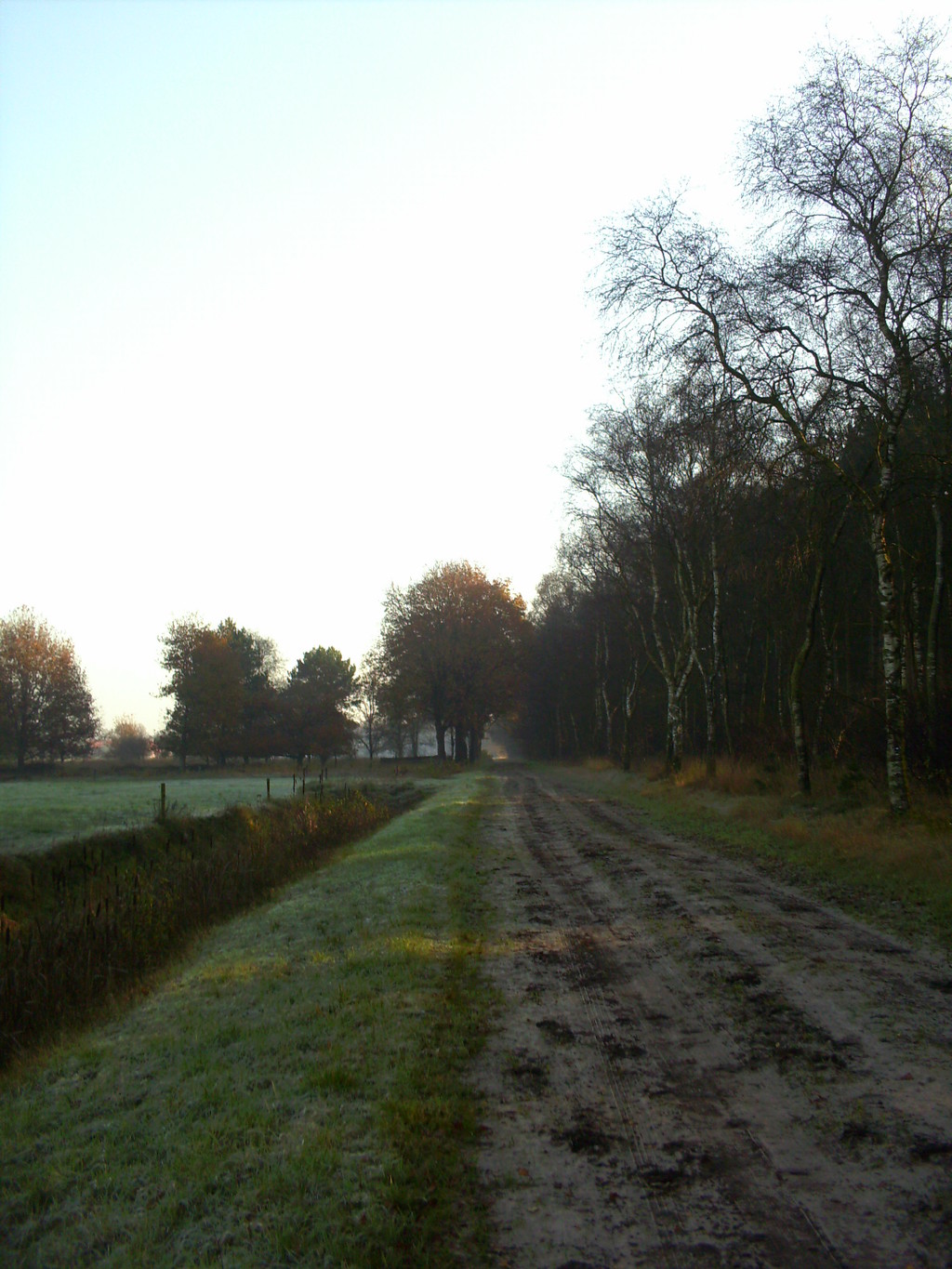
Photo gallery
Content available in other languages
- Italiano: Valli e fattorie olandesi
- Español: Valles y granjas de Holanda
Want to have your own Erasmus blog?
If you are experiencing living abroad, you're an avid traveller or want to promote the city where you live... create your own blog and share your adventures!
I want to create my Erasmus blog! →










Comments (0 comments)